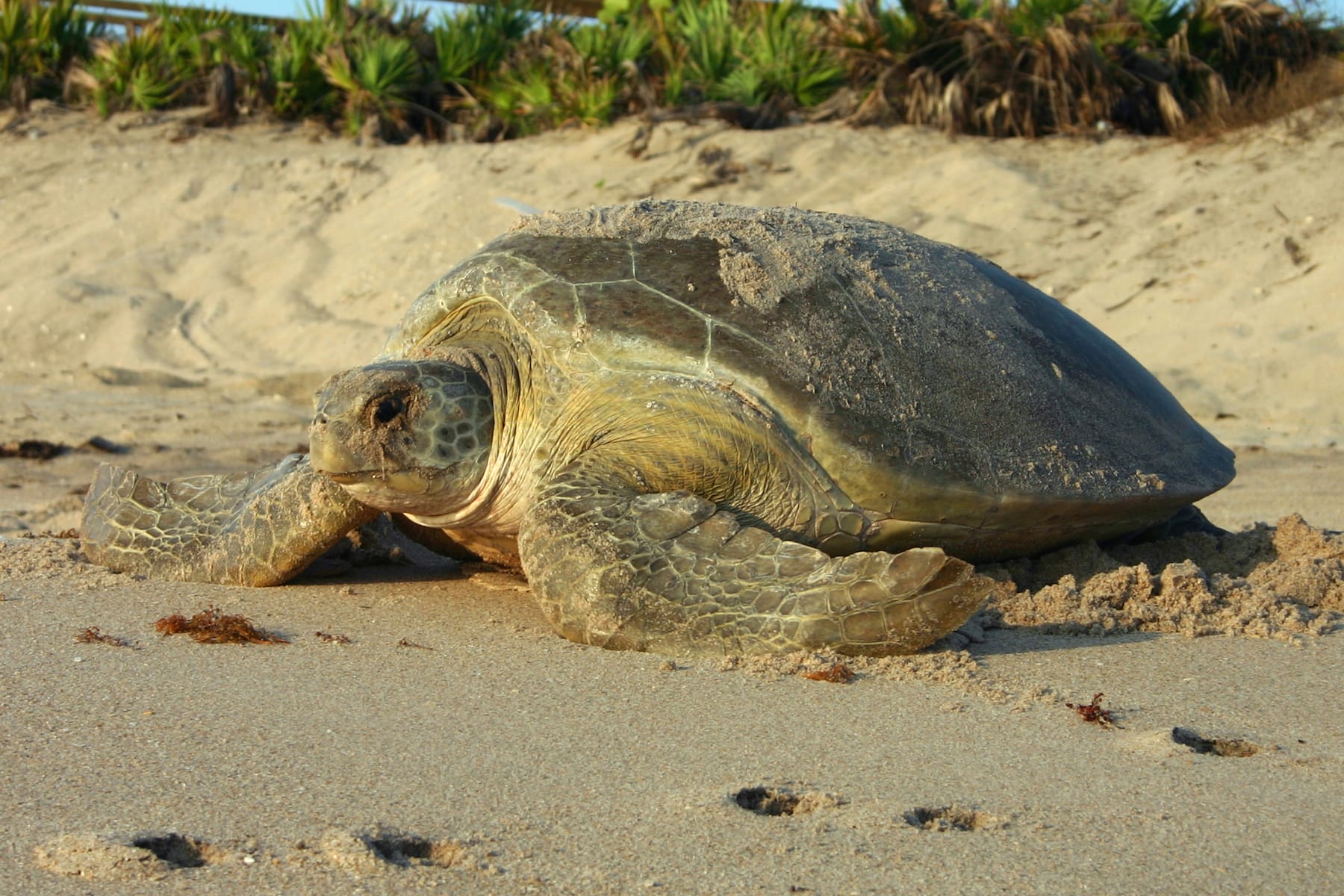
March 1 Official Start Of Sea Turtle Nesting Season
Nesting Sea Turtles, Flashing Cell Phone Photos A Bad Mix.
“A nesting female may become frightened or disoriented by lights or a flash photo and return to the ocean without laying eggs.”
It is sea turtle nesting season on Sanibel and Captiva Islands!
If you see turtles at night, the Florida Fish and Wildlife Conservation Commission (FWC) advises to avoid using your cell phone and flash to take photos.
FWC issued the following news release regarding sea turtle nesting season.
“Sea turtles digging their nests to lay eggs on Florida’s beaches face a new 21st century hazard: someone snapping a flash photo with a cell phone.
March 1 is the official start of the sea turtle nesting season. The Florida Fish and Wildlife Conservation Commission (FWC) reminds people not to take cell phone flash photos of sea turtles on the beach at night, because that can interfere with nesting.
“It’s great that people are enjoying Florida’s beaches and are enthusiastic about our sea turtles,” said Dr. Robbin Trindell, who leads the FWC’s sea turtle management program. “However, most visitors to the beach don’t realize that any light on the beach at night poses a threat to these threatened and endangered animals. A nesting female may become frightened or disoriented by lights or a flash photo and return to the ocean without laying eggs. Lights on the beach at night also could interfere with adult or hatchling sea turtles trying to find the ocean after nesting or hatching.”
Sea turtles have been on Earth for about 110 million years, and eager photographers are hardly a new phenomenon. However, today’s widespread use of cell phones and flash photos on the beach creates a risk for Florida’s nesting and hatchling sea turtles.
From now through the end of October, three different species of sea turtle will land on Florida’s Atlantic and Gulf coast beaches to lay their eggs. In 2015, a record number of green turtle nests were documented in Florida: 27,975 on the 26 beaches that the FWC has monitored since 1989.
How can people help conserve Florida’s sea turtles? Just remember these turtle-friendly practices:
- Remain at a distance from nesting sea turtles and hatchlings.
- Remove chairs, canopies, boats and other items from the beach at night, because they block the movement of turtles and hatchlings.
- Turn off or shield lights along the beach, in order to prevent nesting females or hatchlings from getting confused and going toward lights on land instead of the salt water, where they belong.
-
Avoid using lights on the beach at night. If you must have light, use a red LED flashlight, adjust cell phone screens to dark mode and don’t take flash photos.
- Fill in holes in the sand at the end of the day, so nesting sea turtles and hatchlings don’t fall in and get stuck there at night.
- Correctly dispose of fishing line, so it won’t entangle sea turtles and other animals.
- Remember it is illegal to harm, harass or take sea turtles, their eggs and hatchlings, including getting too close to a nesting female.
- Report sick, injured, entangled or dead sea turtles to the FWC’s Wildlife Alert Hotline, 1-888-404-3922 (FWCC).
Support Florida’s sea turtles by purchasing the “Helping Sea Turtles Survive” license tag at BuyaPlate.com. Tag funds go toward sea turtle research, rescue and conservation efforts. People also can donate $5 and receive an FWC sea turtle decal. For decals or to learn more about sea turtles, go to MyFWC.com/SeaTurtle.
To see 2015 state sea turtle nesting totals, go to MyFWC.com/Research, then click on “Wildlife” and “Sea Turtles” and “Nesting.”
Learn about Florida’s five sea turtle species at MyFWC.com/SeaTurtle.”